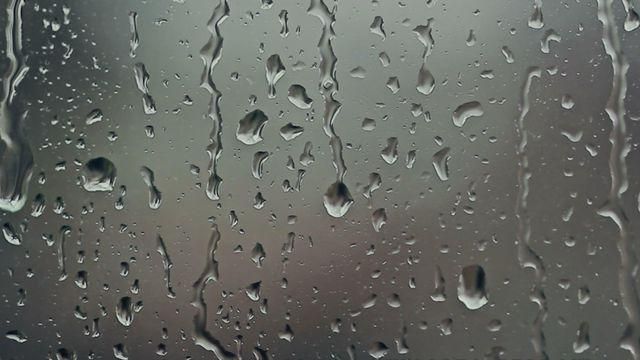Ask the meteorologist: How to measure rain, snow and sleet

Measuring precipitation accurately can be more challenging than it seems, especially when different forms of precipitation, such as rain, snow and sleet, come into play. A concerned resident from southwest Durham asked: How is total precipitation calculated when sleet fills a rain gauge? The water level reached 3.5 inches in the gauge, significantly more than the reported 0.95 inches at RDU. In this article, we explore the intricacies of measuring mixed precipitation and provide insights into how meteorologists calculate total precipitation.
The National Weather Service sets guidelines to measure snow and sleet
The National Weather Service (NWS) is the authority when it comes to weather measurement and reporting. To ensure accurate precipitation measurements, the NWS has established guidelines for measuring and reporting snow and sleet totals and converting them into liquid equivalents. These guidelines are outlined in a comprehensive 14-page document available at https://www.weather.gov/coop/.
Sleet's special challenge
Sleet, often referred to as "ice pellets," poses a unique challenge in precipitation measurement due to its distinct characteristics. Unlike rain or snow, sleet consists of small, frozen pellets that can accumulate differently in rain gauges.
The Durham dilemma
In the case mentioned, the resident's rain gauge registered a water level of 3.5 inches after allowing the sleet to melt. This seemed unusually high, considering the reported 0.95 inches of precipitation at RDU. Several factors could contribute to this disparity:
Localized Variation: Weather systems are known for their localized variations. Some areas can receive significantly more or less precipitation than nearby locations due to specific atmospheric conditions.
Precipitation Type and Ratios: Snow and sleet have different ratios of solid to liquid equivalent. Wet snow typically has a ratio of about 5-8:1, meaning it takes 5-8 inches of snow to yield 1 inch of liquid equivalent. Sleet, on the other hand, has a lower ratio of about 2-4:1. The 3.5 inches of liquid equivalent mentioned would far exceed the expected liquid equivalent from the reported precipitation.
Previous Precipitation: It's possible that the rain gauge had some residual water from a previous storm system before the sleet event began. This could have contributed to the higher water level observed.
Measuring precipitation accurately, especially when it involves various forms of precipitation, is a complex task. The NWS guidelines provide valuable insights into how meteorologists calculate total precipitation from rain, snow and sleet. While the resident's observation of 3.5 inches of liquid equivalent may seem unusual compared to the reported data, localized variations and the unique properties of sleet can lead to such discrepancies. It's a reminder of the dynamic and sometimes unpredictable nature of weather, where accurate measurement remains a challenging yet vital endeavor.
For a deeper understanding of the guidelines and techniques used for measuring and reporting precipitation, you can refer to the NWS document at https://www.weather.gov/coop/.











